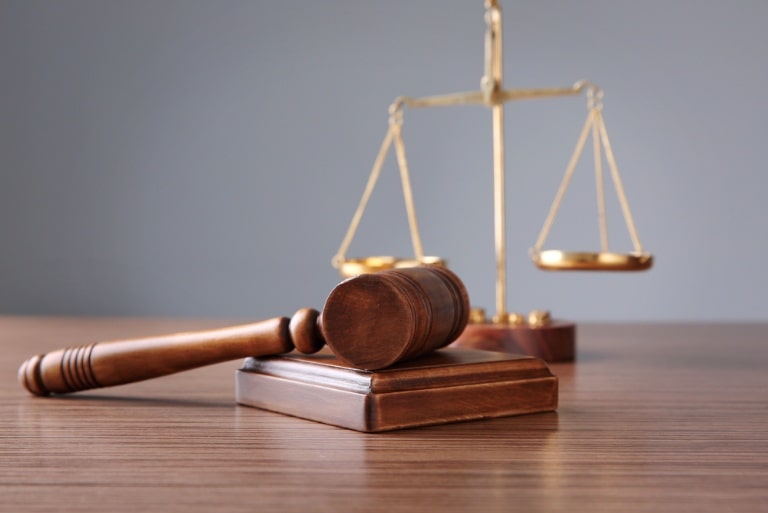Protective Orders Can Silence or Save — But the Story Beneath Them Is Rarely Black and White

Protective orders, at their core, represent a legal mechanism designed to create a boundary, a line drawn in the sand to separate those in need of safety from those posing a threat. They are a tool, wielded with varying degrees of precision and consequence. The power they hold can be transformative, a lifeline for those facing imminent danger.
Yet, that same power can be twisted, used as a weapon to inflict harm of its own. It is in this dual nature, this inherent tension between protection and potential abuse, that the true complexity of protective orders resides.
| Aspect | Potential Protection | Potential Abuse |
| Purpose | Safeguarding individuals from harm. | Inflicting emotional and legal harm. |
| Impact | Establishes legal boundaries, deters future offenses. | Weaponizes legal processes, exacerbates power imbalances. |
| Outcomes | Safety, security, and legal recourse. | False accusations, emotional distress, legal battles. |
The Shield: Intended Protection
The primary function of a protective order is to provide a legal shield, a barrier against harassment, stalking, or domestic violence. When properly utilized, these orders can be instrumental in creating a safe environment for victims. For instance, a no-contact order can prevent an abuser from approaching or communicating with the protected party, while a stay-away order can enforce physical distance.
These provisions are not mere suggestions; they carry the weight of the law, with violations resulting in legal penalties. In situations where an individual faces credible threats, protective orders establish clear legal boundaries, acting as a deterrent against further offenses and offering a sense of security. The goal is to provide a tangible, enforceable safeguard.
While the intent is protection, the complexity of these orders can be significant, and navigating them effectively, whether seeking or defending against one, often requires the expertise of legal professionals. In Seattle, for example, understanding the nuances of local laws is crucial, which is why access to a protective order defense attorney Seattle, WA, can be invaluable.
The Sword: Potential for Abuse
However, the very power that makes protective orders effective can also be a source of potential abuse. In some cases, these orders are not sought for genuine protection but rather as a tool for manipulation and control. False accusations, driven by malice or a desire for revenge, can lead to devastating consequences for the accused.
The emotional and legal ramifications of a protective order can be profound, even when based on unsubstantiated claims. In situations where interpersonal disputes escalate, the legal system can inadvertently become a battleground where protective orders are weaponized. This creates a scenario where the intent is not protection but the infliction of harm through legal means.
Navigating Legal Complexities: Due Process and Fairness
The legal process surrounding protective orders is complex, demanding careful attention to due process and fairness. Obtaining or contesting a protective order involves navigating a labyrinth of legal procedures, evidence presentation, and court hearings. The role of evidence and testimony is paramount, as judges must weigh competing narratives to determine the validity of the claims.
The importance of a protective order defense attorney in Seattle, WA, is highlighted here. These attorneys play a crucial role in ensuring that the respondent’s rights are protected, that evidence is properly presented, and that the legal process is fair.
Both petitioners and respondents face significant challenges in navigating these proceedings, often grappling with emotional distress and legal complexities simultaneously. The system, while designed for protection, must remain vigilant against potential abuses, ensuring that fairness prevails.
The Impact on Children and Families
Protective orders wield significant influence in family law, particularly when children are involved. These legal instruments, intended to safeguard, can inadvertently introduce complexities that negatively impact familial dynamics. Parental alienation, a phenomenon where one parent manipulates a child against the other, can be exacerbated by protective orders.
This manipulation can have long-lasting psychological effects on children, disrupting their sense of security and trust. Courts must navigate these delicate situations with a child-centered approach, prioritizing the well-being of the children involved.
Especially in cases where there are allegations of commercial sexual abuse of a minor Seattle, WA, protective orders take on a heightened importance. The courts must balance the need to protect the child while also ensuring that the legal process is fair.
Beyond Legal Definitions: Societal and Psychological Dimensions
The application of protective orders extends beyond legal definitions, touching upon the broader societal and psychological dimensions of interpersonal relationships. Cultural norms and perceptions play a significant role in shaping legal outcomes, influencing how allegations are perceived and evaluated.
The psychological impact of protective orders on all parties involved cannot be overstated. Petitioners may experience a sense of relief and empowerment, while respondents may grapple with feelings of anger, frustration, and humiliation.
Understanding the underlying dynamics of relationships, including power imbalances and emotional vulnerabilities, is crucial for a nuanced understanding of protective orders. The complexities of human interaction and the emotional fallout from those interactions greatly impact the legal proceedings.
Conclusion
The narrative surrounding protective orders is far from simplistic. These legal tools, while designed to protect, carry the potential for misuse, highlighting the necessity for a nuanced understanding. The dual nature of their impact demands careful consideration, emphasizing the importance of seeking qualified legal counsel and support.
The legal system must strive for a balanced and just application of the law, ensuring that protective orders serve their intended purpose without becoming instruments of abuse. In the end, the goal should always be to achieve fairness and protect the vulnerable while also respecting the rights of all involved.




